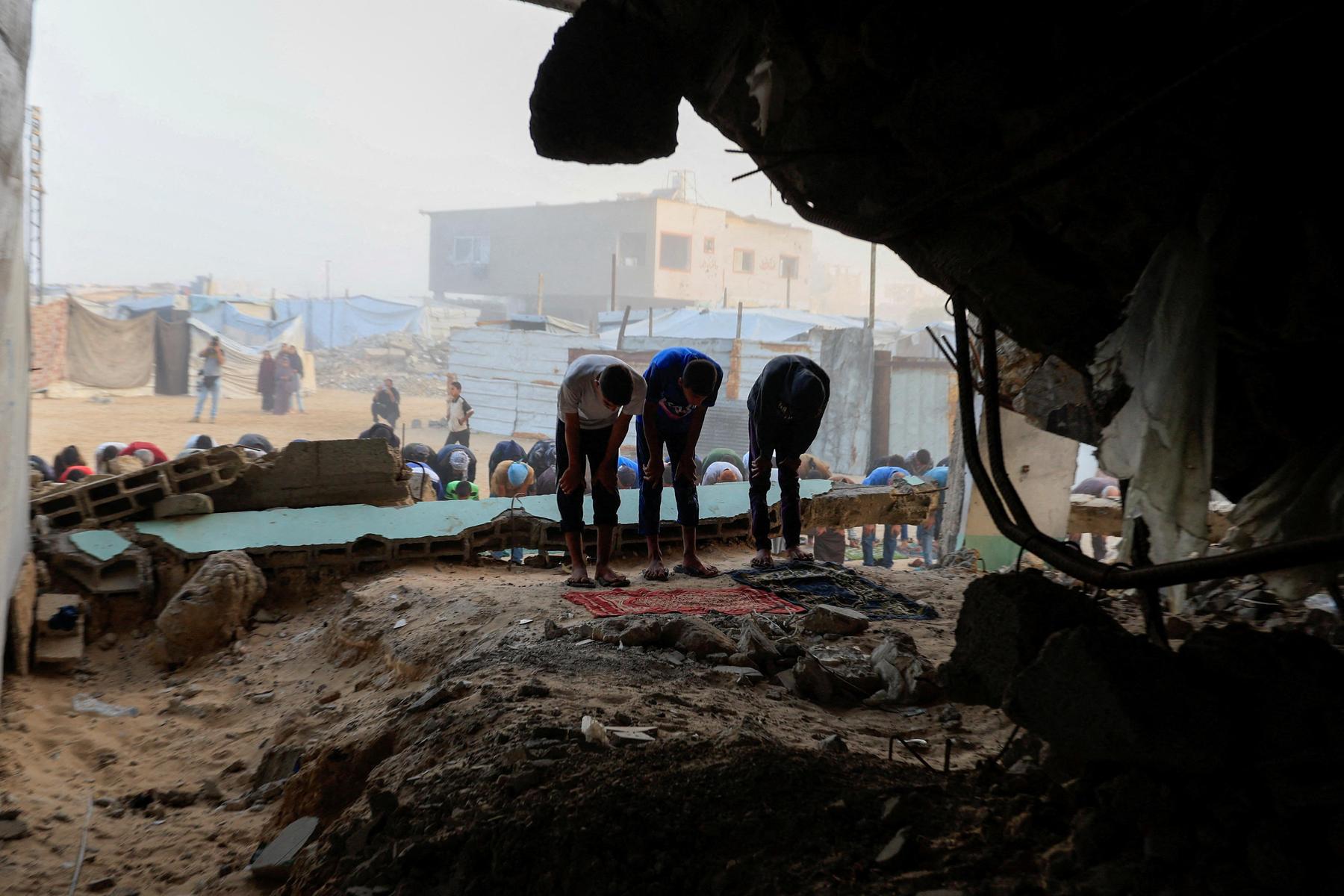Column | Invisible superpower – NRC
:format(jpeg):fill(f8f8f8,true)/s3/static.nrc.nl/bvhw/wp-content/blogs.dir/114/files/2021/12/venhuizen-gemma-2021-12-1280-01-web.png)
NATO is also undermined without interference from Trump. The endangered building is located on the Waalsdorpervlakte just outside The Hague and forms the communication technology heart of the alliance. The high black fences are adorned with barbed wire, at the entrance there are cameras and guards. Nevertheless, the building is surrounded on three sides by soldiers.
The name of the enemy? Lasius Neglectus. Alias: the teasing ant. Last fall the species came in the news when it turned out that it formed a super colony in the Dune area in The Hague: a clumping of nests that can consist of millions of workers. The epicenter is just outside the NATO territory. They are lucky there for the time being. The new building has recently been delivered and the red -brown ants have not yet penetrated – « never seen, » says a security guard. But just outside the fence, sand heaps between the sidewalk tiles betray the presence of an underground superpower.
They know that it can also be worse in the adjacent TNO building. There, in the defense department of the research institute, they have been fighting for years Lasius Neglectus. Coffee machines have become unusable, ant paths run over the desks, especially in the summer. Several times a year, a pest killer comes by – that was already so before the super colony was exposed. The building is currently being renovated, but the nuisance remains. « The shack immediately turned into an ant nest, » says a boring construction worker.
Also outside in the dunes, the teasing is the scepter. On the Pieter Kuijtpad – named after a Katwijk helmet planter who secretly marked the digged resistance fees with helmet grass – the tiles were sagged locally. During the Pacific on 4 May, thousands of people will walk here to the memorial plain, where the Bourdon clock will ring shortly before 8 p.m. Now the cycle path is especially popular with tourists. Three Germans on electric bicycles shout that the bump is ‘nicht so angenehm’. « By June it will be one large sandbox here by the ants, » says biologist Jinze Noordijk of the EIS-Nederland Insect Knowledge Center. « Then you have more on a mountain bike. »
Probably the ants ended up here with illegally dumped garden waste, he says. He recently published a report with colleagues in which the consequences for the protected nature area are outlined. Both aphids and parasitic wasps, for example, appear to increase in number: the lice are ‘milked’ by the ants in front of their honeydew and then emptied from the inside by eager wasp larvae.
It was feared that the colony would cause problems for drinking water company Dunea, because the filtering effect of the soil would decrease. « From Mediterrane Draaatjes, also an invasive ant species, we know that they can reach 1.5 meters deep, » says Noordijk. « But it is not too bad with the teasing ant. »
Another bright spot: the teasing ant has no preference for electronics. « That is sometimes the case with other ants, because they come to warmth. And of course you don’t want that in a place where communication technology is so essential. » So NATO seems to be saved for the time being. Now wait for the top at the end of June in The Hague.
Gemma Venhuizen Is a biologist editor and reports somewhere from the Netherlands every Wednesday.

:format(webp)/s3/static.nrc.nl/images/gn4/stripped/data133212425-ae69bf.jpg)
:format(webp)/s3/static.nrc.nl/bvhw/files/2019/08/web-1708zatwongjpg.jpg)
:format(webp)/s3/static.nrc.nl/images/gn4/stripped/data132512191-bf7b93.jpg)




